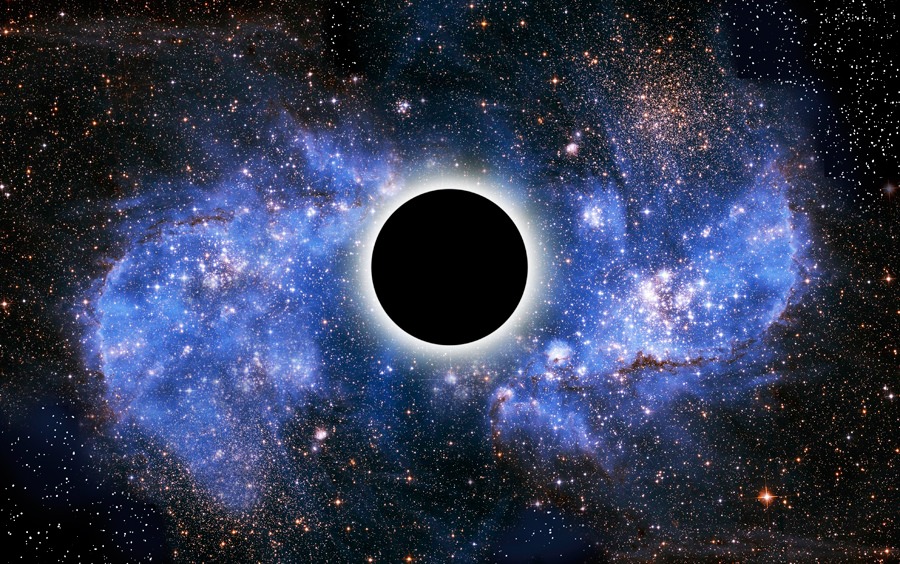 |
| The Manx illustrated realistically |
In 2014, a near-tailless comet was spotted while it flew by earth. It was called C/2014 S3 (PANSTARRS) or "MANX," since Manx cats are mostly tailless. Researchers are saying that it has just returned, and actually began it's voyage rather close to the sun, and may be able to tell us more about the building blocks of our planet, at least when it first walk out of fire. It was a majestic ball of what looked like a black rocky substance trying to contain super heated iron and gold by smothering it, trying to close in on it but in a grand struggle to do so. Of course, that's what we "think". We also "think" that we know about the layers of the earth and what they're made of. Us humans "think" a lot of things. But the more proof we have, the more sure we can be. Studies of the comet are being thought over.
 "A black hole is a place in space where gravity pulls so much that even light can not get out. The gravity is so strong because matter has been squeezed into a tiny space. This can happen when a star is dying.
"A black hole is a place in space where gravity pulls so much that even light can not get out. The gravity is so strong because matter has been squeezed into a tiny space. This can happen when a star is dying.